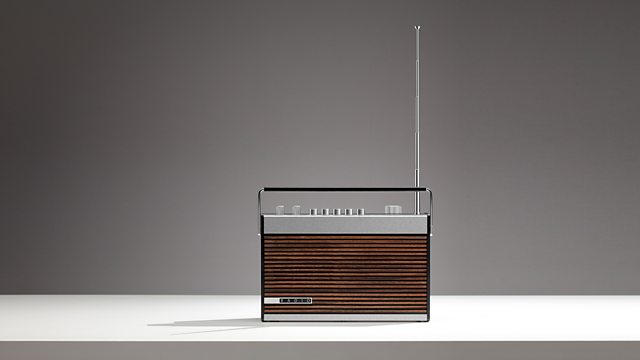What is subtitled radio?
Eloise Garland explains how and why radio documentary Listening Without Ears has been subtitled.
Eloise Garland explains how and why radio documentary Listening Without Ears has been subtitled.
Full transcript of interview:
ELOISE GARLAND: This particular subtitled radio it’s basically just a black screen. It’s an MP4 file I think, just a video file and just words popping up on the screen – so everything that I’m saying, everything that everybody else is saying, obviously it just has Eloise, colon, and then my words. And then for some background noises – so obviously when I was getting the sound massage at the beginning – has descriptive words like “sawing”, which sounds absolutely terrifying if you’re reading it you’re thinking what on earth is going on? And are her legs being chopped off or something? [Rhianna and Eloise laugh]
So yeah, it’s just a simple video like that but it makes it a lot easier for people who can listen to a lot of it but, as I say, can’t understand the speech.
RHIANNA DHILLON: Can you get more out of it than just reading the words as if it’s just a transcript?
ELOISE: Oh yes, you can get a lot more out of it. Because it’s the rhythm, it matches up with the rhythm of the words. It matches up with where the sounds are. You know, as I say, if one of my friends, who is hard of hearing listens along to it and reads the subtitles as well they’re really getting that full experience: “Oh, Eloise is saying that at this point. Tarek’s saying that at this point.” And it really comes together a lot more.
It’s both the sight and the sound that is really important I think.
RHIANNA DHILLON: So do you think there is an assumption that radio just isn’t made for the deaf community?
ELOISE: There is an assumption, yes. It isn’t made for the deaf community – it’s never been accessible to the deaf community before. And I think it’s really important that that changes in some way. This is definitely, you know, the first step in changing that. Especially, as I say, for the hard of hearing community.
Older people who might’ve listened to radio for many, many years, and have gradually lost their hearing to a point where they can’t understand it very much now, this could really help them to get back into things like Radio 4, which is mainly dialogue.
Duration:
This clip is from
More clips from Seriously...
-
![]()
How plastics led to the liberation of women
Duration: 03:15
-
![]()
Do signs keep their meaning?—The Nuclear Priesthood
Duration: 02:13
-
![]()
Seriously...
Duration: 00:45






